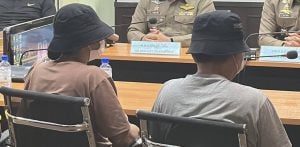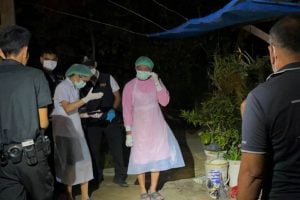Who are the Tigray fighters, and why is Ethiopia at war with them?

Since early November 2020, the Ethiopian government and Tigray fighters have been exchanging fire in a conflict that has claimed thousands of lives and has left more than 400,000 people facing famine, according to a recent UN estimate.
The conflict has escalated rapidly since June, when fighters began to retake most of Tigray and expand into neighboring regions. The fighters have managed to recruit allies and are approaching the capital, Addis Ababa.
So, who are the Tigray fighters?
From militiamen to rulers
In the mid-1970s, a small group of militiamen founded the Tigray People’s Liberation Front (TPLF). With a left-wing nationalist ideology, they vowed to fight for the rights of Tigrayans, a relatively small ethnic group that account for just 5% of the population and had long been marginalized by the central government.
Throughout the 1980s the TPLF emerged as a formidable challenger to Ethiopia’s then Marxist military dictatorship. The group eventually led an alliance of militia organizations, the Ethiopian People’s Revolutionary Democratic Front (EPRDF), that overthrew the Soviet Union-backed regime in 1991.
The alliance then began to run Ethiopia under a federal system, with TPLF holding sway over the other groups and dominating politics for nearly three decades.
Tigrayan leader Meles Zenawi was Ethiopia’s transitional president from 1991 until poorly contested elections in 1995, when he was elected prime minister. He would go on to rule the country until his death in 2012, and was succeeded by Hailemariam Desalegn. During this time, Ethiopia saw economic growth, but the government clamped down on dissent.
The EPRDF government led the country through periodic drought and famine, and the 1998-2000 border war with northern neighbor Eritrea. Human rights deteriorated during this time, with opposition groups complaining of persecution and corruption, which fed into growing public discontent.
In early 2018, after several years of frequent anti-government protests from different ethnic groups had seriously damaged the legitimacy of the EPRDF government, Hailemariam stepped down. The EPRDF selected Abiy Ahmed, of the Oromo ethnic group, as his successor and he was soon elected prime minister.
Abiy, a non-Tigrayan politician with little ties to the TPLF, enjoyed widespread popularity. He unseated many Tigrayan officials, charged some with corruption and introduced a set of political reforms which sidelined the TPLF. In late 2019, Abiy disbanded the EPRDF coalition government and moved to create the new Prosperity Party (PP). Refusing to join the group, the TPLF moved back to its stronghold.
After the 2020 general election was postponed by the COVID-19 pandemic, the TPLF and some other opposition leaders accused Abiy of delaying the vote to stay in power. Despite the delay, officials in the Tigray region went ahead with regional elections in September 2020. A month later, the federal government began withholding funds from the regional administration.
In early November 2020, TPLF forces were accused of having attacked and looted federal military bases in the region. Abiy kicked off a military campaign in the Tigray region, known as Operation Law enforcement, and promised to swiftly defeat the TPLF fighters.
But since June 2021, the Ethiopian army has endured continued setbacks and has been forced to withdraw from Tigray. Now the front line is getting closer and closer to Addis Ababa, with the prime minister calling on residents to be ready to defend the capital.
The Tigray fighters might have the upper hand, but capturing Addis Ababa will not be easy. They are likely to face resistance from other Ethiopians who fear the return to power of a party that ruled the country for nearly three decades.
SOURCE: DW News
Latest Thailand News
Follow The Thaiger on Google News:


























